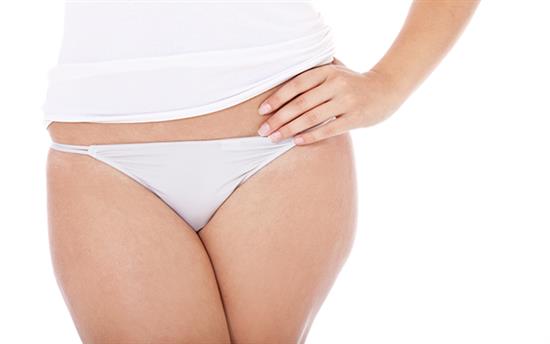
|
|
Labia Reduction
> See article
|

Labiaplasty
Labiaplasty is a surgical procedure that reshapes or reduces the labia minora (the inner lips of the vulva), and in some cases, the labia majora (the outer lips).
Many patients may prefer a female Plastic surgeon for their procedure and therefore at Jag Chana’s clinic labiaplasty is carried out by his associate Dr Nicki Bystroznowski . Dr Nicki is highly experienced in female intimate surgery with a discrete , empathetic and expert approach to this surgery
Every woman’s anatomy is unique. Labia vary greatly in size, shape, colour, and symmetry, all of which are normal. However, for some, the way their labia look or feel can cause physical discomfort, self-consciousness, or both for which labiaplasty offers are surgical and permenent solution
Why Women Choose Labiaplasty
1. Functional Reasons
For many women, the motivation is purely physical — discomfort or even pain caused by enlarged or uneven labia. This can include:
- Chafing and irritation: The labia may rub against underwear or tight clothing, leading to soreness, redness, or even small tears.
- Pain during exercise: Activities such as cycling, running, or horseback riding can cause pulling or pinching sensations.
- Discomfort during sex: Excess tissue can become caught, pulled, or compressed, leading to painful intercourse.
- Hygiene difficulties: Larger or more folded labia can make cleaning more challenging, sometimes leading to recurrent irritation or infections.
2. Aesthetic Reasons
Some women are concerned about the visual appearance of their labia:
- Protrusion through clothing or swimwear
- Asymmetry between the two sides
- Darkening or uneven pigmentation
- Wrinkled or irregular edges
For these patients, labiaplasty aims to achieve a more balanced, proportionate appearance.
3. Psychological and Emotional Reasons
Feelings of embarrassment or self-consciousness can impact a woman’s intimate relationships, willingness to wear certain clothes, and overall body confidence. These concerns often date back to adolescence or develop after childbirth or menopause.
